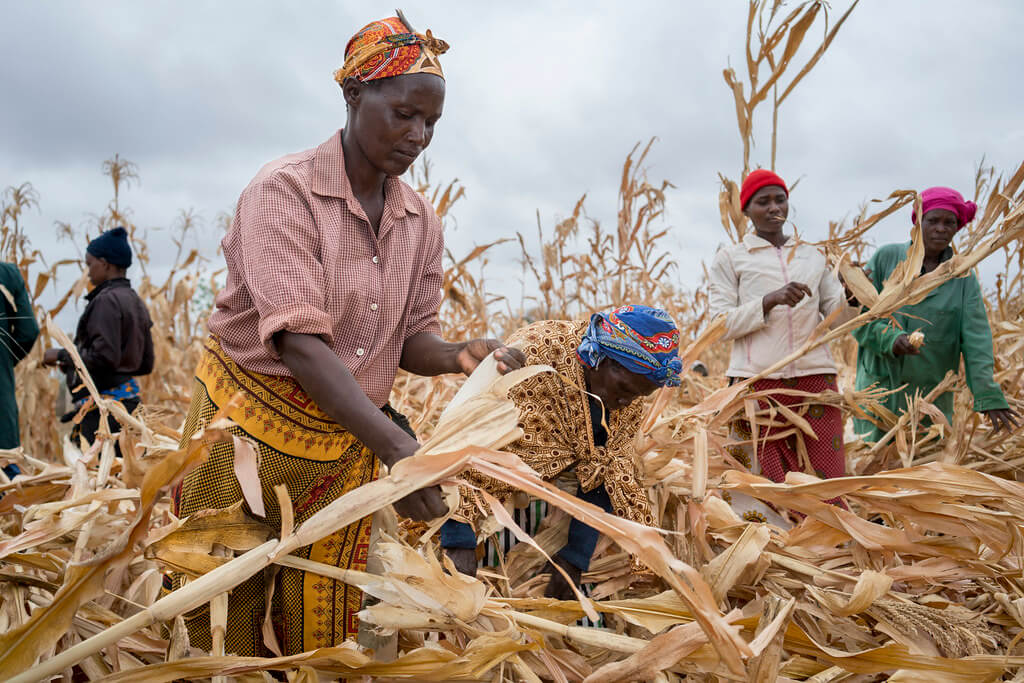According to USAID’s food insecurity tracker FEWS NET, staple food prices in Kenya remain high despite the country recording above-average harvests due to high fuel prices and the high cost of importing agriculture goods as the local currency continues to depreciate against the major international and regional currencies.
Since the start of 2023, the price of diesel (agriculture’s main fuel) has increased from Sh162 to Sh201.47 a liter. During the same period, Kenya’s currency has depreciatted 18 per cent against the Ugandan shilling and 15 per cent versusTanzania’s.
These high production and marketing costs have meant that despite improved agricultural production from high and medium potential areas of the North Rift and western Kenya and cross-border imports from Tanzania and Uganda most food prices remain relatively high.
In December, maize prices were around 10 to 90 per cent higher than the five-year average in most markets, with maize prices similar to the five-year average in Lamu.
El Nino
El Nino rains that rocked the country during the October to December short rains have also destroyed crops on farms and caused trade disruption as floods destroyed key supply routes.
In Wajir, the high maize prices are likely driven by supply disruption following the recent floods’ destruction of key road market access roads. Similarly, bean prices are around 15 to 70 per cent higher than the five-year average due to low local availability following successive below-average seasons and a likely below-average 2023 short rains harvest due to excessive moisture in most areas.
In Southeastern Kenya (SEK) counties of Kitui, Makueni, and Taita Taveta a below-average harvest of beans is likely following poor crop performance due to excessive moisture during the season.
